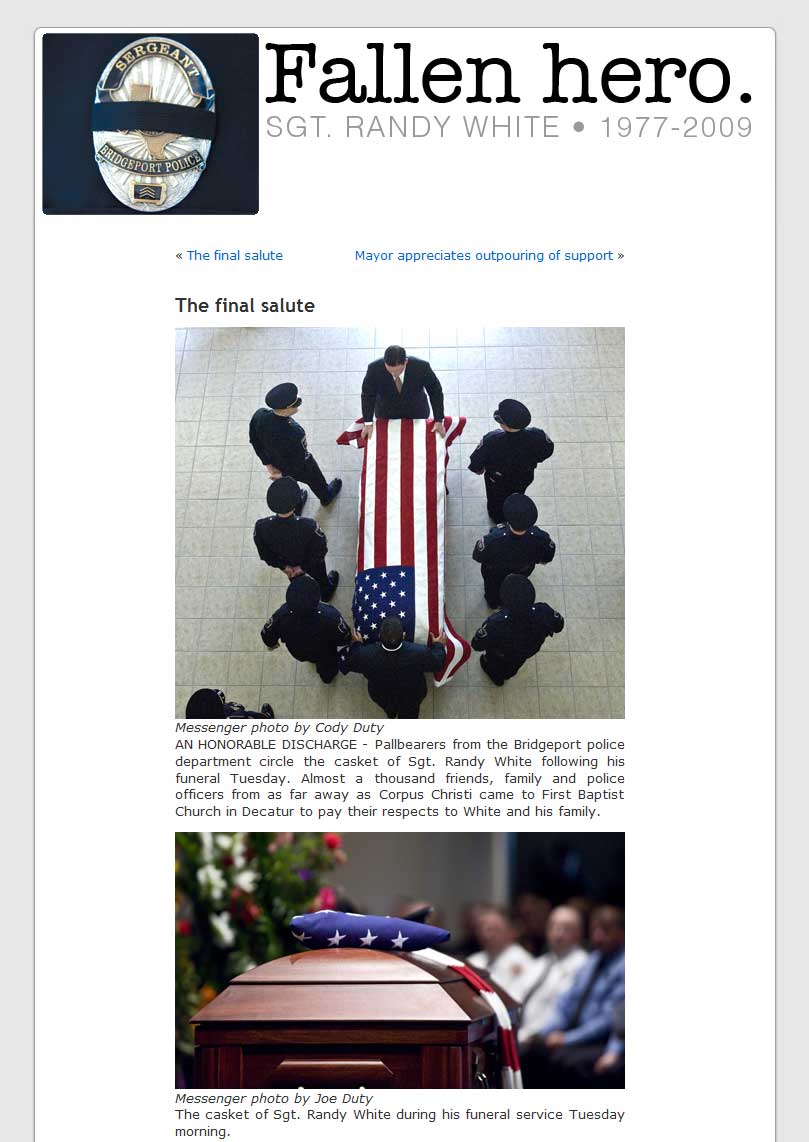If you had written the word blog just 13 years ago, everyone would have thought you’d made a typo. Maybe you mean blob? Or blot?
How times have changed. Blogs — short for Weblogs — are part of our lives and part of the vocabularies of pretty much everyone who’s halfway Web-literate.
Need proof? Check out these numbers, courtesy of Technorati’s State of the Blogosphere report:
- Facebook recorded 41 million unique visitors last year. MySpace had 75 million. Blogs had almost 78 million unique visitors.
- 50 percent of Internet users read blogs.
- In 2007, there were 22.6 million bloggers in the United States.
- There are almost 1 million blog posts a day.
In its report, Technorati noted that when it did its first report on blogs in 2004, the typical reaction to the word was, “Huh? Can you repeat yourself?” Four years later, blogs are commonplace.
And newspapers throughout the nation have become a part of the blogging phenomenon. Blogs get more voices into the newspaper, allow staffers to share insights on how the news comes together and how they do their jobs, and allow more coverage of areas far too specialized ever to justify ink on the printed page. Since cyberspace has an unlimited news hole, newspapers can include the blog on fitness tips for the elderly or the news of a six-block area on the east side of town.
Blogs have ended up playing an important role in American life — it was bloggers who brought down Sen. Trent Lott when they reported his off-the-cuff remark about Strom Thurmond. And bloggers who torpedoed Dan Rather for his sloppy reporting of George Bush’s military record. In fact, you can argue that political bloggers have become an integral part of American politics — the Obama campaign obviously used blogging more effectively than anyone else ever has.
For whatever reason, Texas community newspapers have been slow to use blogs extensively.
Roy Robinson, publisher of the Graham Leader, told me in an email that his newspaper has moved slowly because of legal concerns.
“According to our attorney, if our staff were to edit any posted blog, the newspaper would immediately bear 100 percent liability for all blog messages,” Roy emailed me. “His interpretation, as explained to me, is that the newspaper has no exposure for liability on unedited blogs, but if messages are screened and/or edited, the newspaper becomes wholly liable. If his direction is correct — I have since been told it might not be — it’s a bigger risk than we can afford to take.”
And then there’s Elaine Kolodziej, publisher of the Wilson County News, who tells me that the News blogs “get tons of hits.”
“Readers love the interaction,” she wrote.
Elaine said that they have been using blogs for several months now, and they plan to expand their blog offerings, including some from staff members. She notes that they provide for reader feedback on their stories, allowing “community posts that act like blogs.”
“Sometimes they take on a life of their own,” Elaine said.
If you include blogs, of course, it’s important that you keep them up to date. Beth Nelson, editor of the Hays Free Press in Buda, says her paper’s blog readership has suffered “primarily because we have a hard time keeping them fresh and provocative.”
“Our competitors with Web-only papers do more of that kind of thing,” Beth wrote. “As a professional journalist, I find it hard to use blog-style writing.”
The Wise County Messenger uses a different approach: Their staff blogs give readers an insight into the newsgathering process. Check out their blog page, called Making a Mess [referring to the Messenger]. The deck reads “where communication meets community journalism.” The Messenger blogs allow staff members to share a behind-the-scenes look at the stories run elsewhere in the paper and on the Website.
These are just some of the approaches you’ll find in Texas community journalism. Let us know what your paper is doing with blogs and how your community is responding.
An Internet shortcourse on newspaper blogging



